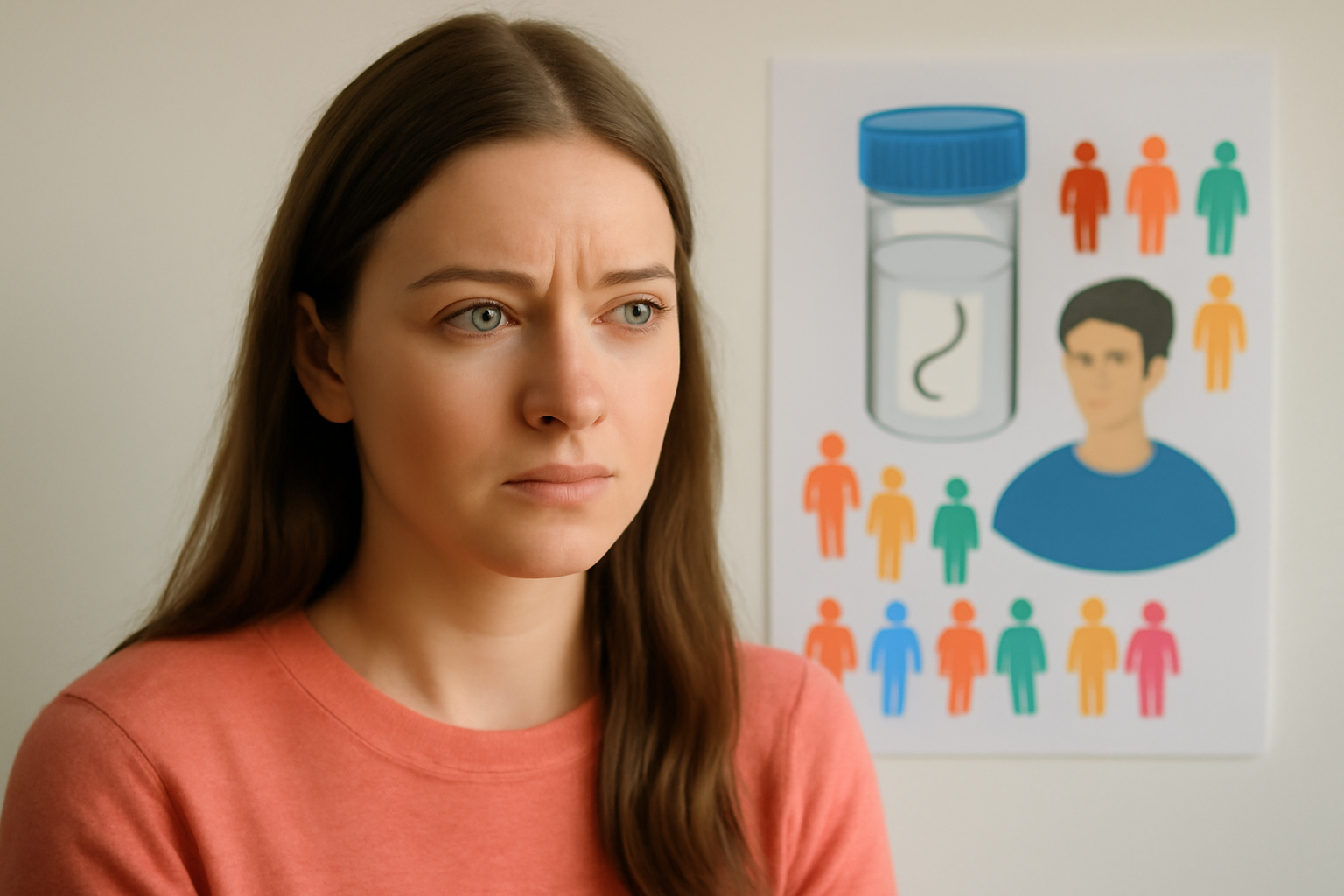
Jamie Spiers has discovered 37 biological siblings – a number that may be just the tip of the iceberg. Her mother, a determined single parent by choice, utilized a sperm donor from a bank that assured her a limited usage. However, the truth emerged that the donor had produced around 1700 vials of sperm, indicating possibly more siblings.
Cases like Jamie’s are increasingly common in the donor-conceived community. With the advent of DNA testing and social media, families and donors are uncovering truths that reveal a largely unregulated industry fraught with ethical concerns.
The Unchecked Industry
In the United States, commercial sperm banks have largely operated unchecked, with no federal laws capping the number of children per donor, regulating record-keeping, or mandating updates on donors’ medical histories. Experts describe an industry culture dominated by profit, often at the expense of families’ mental and physical well-being.
However, change could be on the horizon. A growing coalition of donors, donor-conceived individuals, and recipient parents, including many from the LGBTQ+ community, are advocating for stricter regulations and greater transparency.
Current Practices and Concerns
While there is no legal limit on families per donor, many banks impose a self-regulated cap of around 25 families. However, reporting is voluntary and unreliable, with only 20-40% compliance. This leaves the onus on parents and creates significant ethical concerns. For instance, sperm banks often sell remaining vials internationally, making the U.S. one of the largest exporters of sperm.
American sperm is highly sought after due to factors like anonymity restrictions in Europe, where family limits are stricter. Moreover, countries like Canada and Australia prohibit payment for donations, reducing donor numbers.
Global Impact and Ethical Dilemmas
A single U.S. donor could unknowingly father hundreds of children worldwide, without comprehensive tracking systems. For instance, the American Society for Reproductive Medicine (ASRM) suggests a single donor should be limited to 25 births per 800,000 population, which critics argue could still result in 10,000 births per donor, amplifying risks of accidental incest and genetic disorders.
Former donor Dylan Stone-Miller, who has located 97 children conceived from his donations, highlights the personal impact of these policies, expressing regret over lost opportunities to form meaningful connections.
Advocacy and Legal Action
Driven by personal stories and advocacy, the movement for reform is gaining momentum. Organizations like the Donor Sibling Registry (DSR) help donor-conceived individuals connect with siblings, while the U.S. Donor Conceived Council (USDCC) lobbies for regulatory changes.
In Colorado, new legislation provides donor-conceived individuals access to identifying information at 18 and enforces family limits to ensure informed medical updates. This is considered a pioneering step, setting a precedent for other states.
Innovative Solutions and the Future
Efforts like Seed Scout are leading a cultural shift by promoting known donors, limiting families per donor, and emphasizing transparency from the outset. Founders believe this approach fosters relationships between donors and families, benefiting all parties involved.
The historical secrecy and stigma surrounding donor conception are being challenged. Many argue that donor-conceived individuals deserve full access to their genetic identities for medical and personal reasons, and that transparency can alleviate much of the emotional burden.
Though the path to comprehensive reform is complex, advocates remain optimistic. The push for regulations that prioritize the well-being of donor-conceived individuals over industry profits continues to gain traction. As awareness grows, so does the demand for ethical practices that respect the rights and identities of all involved.
The future of the sperm donation industry hinges on these changing tides, driven by a collective push towards transparency, accountability, and respect for donor-conceived individuals and their families.
Related Posts
Triumphant Trans Woman Wins Legal Battle and Inspires Others to Stand Up for Their Rights
Breaking new ground: a landmark victory in transgender rights After battling in courtrooms and enduring endless challenges, Diana Portillo, a transgender woman, has secured a monumental victory in her decade-long fight against workplace discrimination. The result? Nearly $1 million awarded in a historic settlement. But this isn't just a win on paper—it represents a powerful precedent in combati [...]
Pride Month in Latin America: Protests and Demands for Equality
**Celebrating Pride and advocating LGBTQ+ rights in Latin America** Pride Month in Latin America was a lively mix where celebration met activism. Communities united, not just throwing a party but making a stand—demanding equality and pushing governments toward better protection and rights recognition. Throughout Latin America, pride events erupted in marches and cultural displays, each with a c [...]
Transgender Erasure Actions Implemented by National Park Service
```html Trump administration's impact on national park service and transgender recognition The Trump administration made notable moves in undermining transgender representation, which included directing agencies like National Park Service not include "T" and "Q" when they refered “LGBTQ” in any official communication. This move seems part a broader plan by this administration aimed at reducin [...]